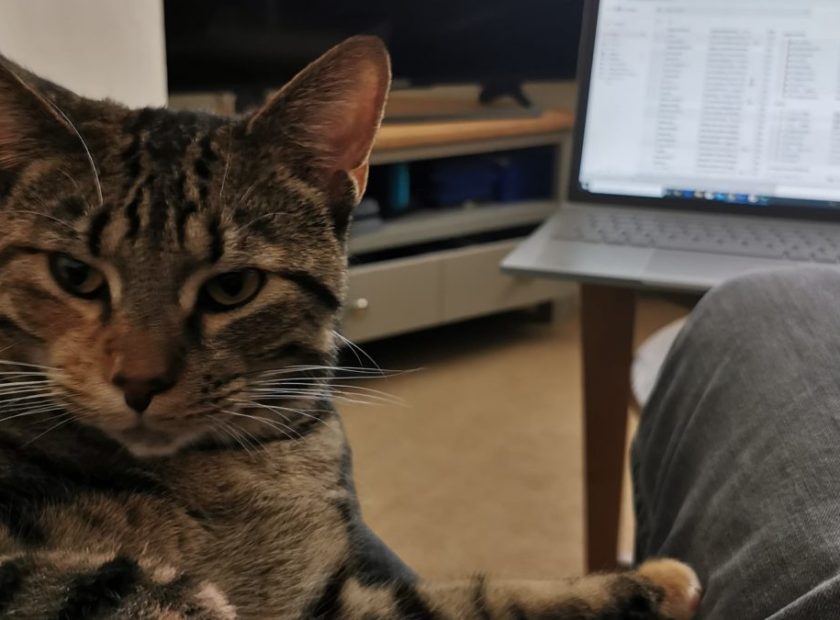
Data in the spotlight – contact tracing
The wake of covid, demand for data has combined with a democratisation of data; the general public are talking about R values and voraciously consuming graphs and figures. One of the hottest topics right now is the debate around the use and effectiveness of digital contact tracing apps. Data ethics and privacy are key issues when evaluating the pros and cons of a centralised approach versus a decentralised approach. The centralised approach creates a repository of contacts whereas in the decentralised approach all the data is held on individual’s phones and potential contacts are notified on a push basis only. One of the major concerns with centralised apps is the risk of scope creep. Once there is a central repository, there is potential for the data to be used for other purposes, such as identifying and penalising individuals who have interacted with too many other people. However, a central repository could also be of use to epidemiologists studying the spread of the disease – a purpose many people might be keen to support. Existing data protection law obviously requires data subjects to be informed on how their data will be used so theoretically there is already legal provision to guard against the risks of scope creep, but a lot depends on the phrasing of privacy notices. There is also the question of data retention and the dismantling any central repository when the immediate need has passed (who decides when that is and on what basis?).
Digital contact tracing is really only a small part of the contact tracing solution; it is not really that useful on it’s own. As one commentator said on Singapore’s TraceTogether app: “you can’t big data your way out of a no data situation”. Even if half of the population download and use the app, the chances of picking up a “contact” are only 25% (ie. 50% squared), so the majority of contacts will not be detected. There is also a high potential for false positives, eg. a bus passing close to a block of flats might register contacts which have not actually happened. Most contract tracing will therefore still be largely manual, with an army of people (18k across the UK) working to create a repository of people and contacts. These will be fully identifiable and definitely centralised, but surprisingly this aspect does not seem to be getting the same level of scrutiny as the digital contact tracing apps.
The way in which digital contact tracing functionality is used to supplement manual contact tracing is therefore of key importance and there are a number of potential uses – eg. to help fill gaps in people memories or perhaps to help with prioritisation of testing (eg. if you are ill and have had contact with a covid-19 sufferer, you could potentially be prioritised over someone who has not had contact). These are details which are still emerging.
These questions of data quality, provenance, ethics and privacy are issues which data professionals need to consider on a regular basis. Rarely have they been so high on the public agenda. The current debate highlights the importance and value of giving proper consideration to these questions. Let’s make sure this focus is carried forward into other subject areas and industries as we move beyond COVID-19.




